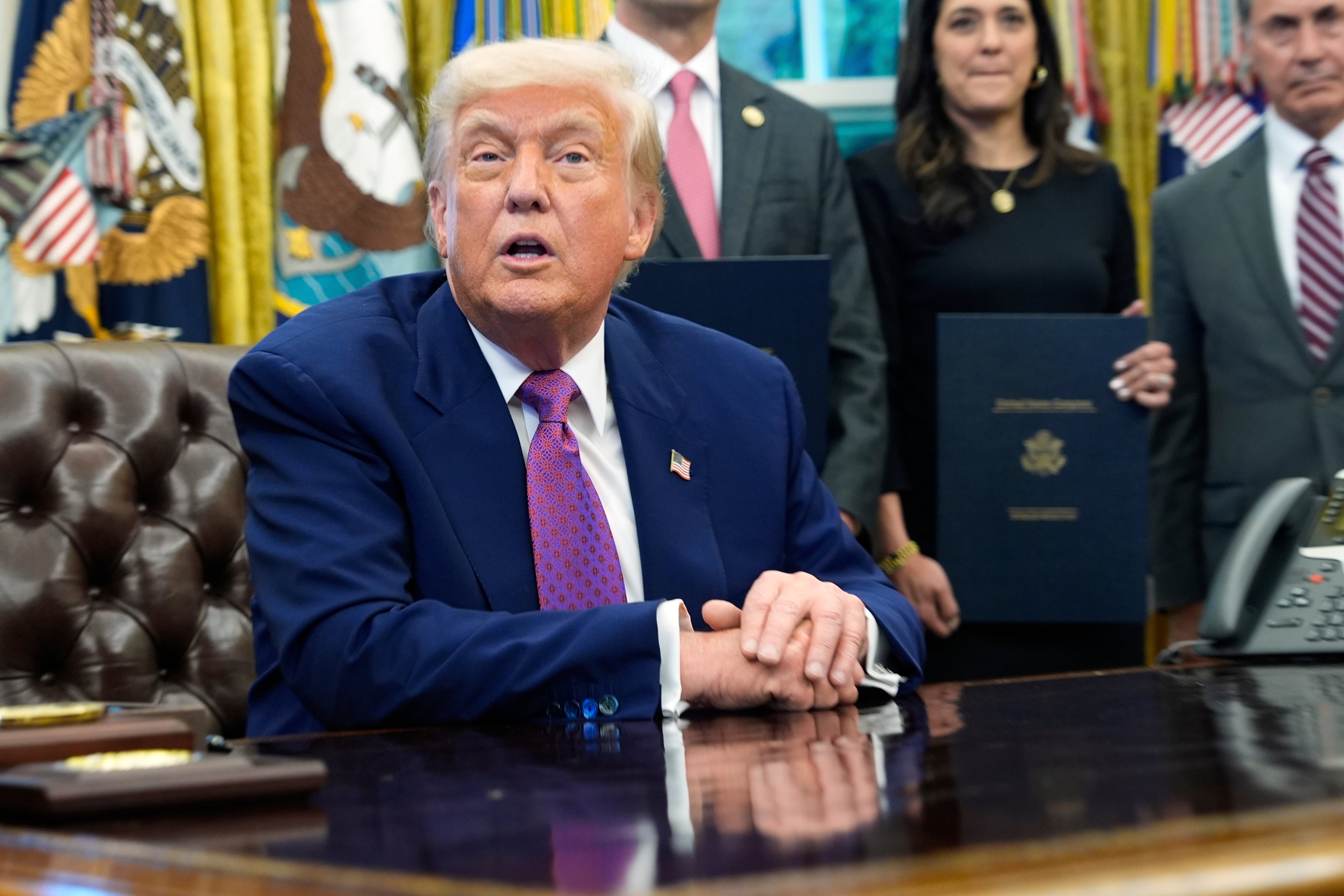The National Guard’s ongoing security mission on the southern U.S. border provides “no military training value” to the troops stationed there and adds significant stress to their families, the head of the force told lawmakers on Tuesday.
In testimony before the Senate Appropriations Committee, Gen. Daniel Hokanson, chief of the National Guard Bureau, said roughly 2,500 guardsmen are currently stationed along the southern border in support of Department of Homeland Security missions related to immigration issues.
That number has fluctuated over the last seven years, peaking above 5,000 at points during the Trump administration.
Hokanson listed the mission as a key ongoing responsibility of his force, and said the guardsmen’s presence provides “additional support” for the security operations there.
But under questioning from lawmakers, Hokanson acknowledged that the deployment does little to help troops with their long-term readiness goals.
“There is no military training value in what we do there,” he said. “This is a law enforcement mission. … They’re doing mission sets that are not directly applicable to their military skill sets. That time, I think, would be better used building readiness to deter our adversaries.”
He also noted that even though the deployment is within the United States, guardsmen “might as well be deployed to Kuwait or somewhere overseas, because they’re still away from their families.”
Lawmakers said they are watching the ongoing border mission closely. The larger issues of immigration reform and border security have been the focus of impassioned fights on Capitol Hill, with conservatives — and some Democrats, including Montana Sen. John Tester — criticizing the White House for doing too little to address the topics.
Hokanson, who was testifying on the Guard’s fiscal 2025 budget request, said officials are still focused on “building a force that is lethal, resilient, survivable, agile, and responsive” despite challenges facing leaders, which include both ongoing missions and fiscal uncertainty due to Capitol Hill fights.
“If we fail to modernize our equipment and force design adequately, we increase the risk of sending America’s sons and daughters into large-scale combat operations with equipment and formations that may not be fully interoperable with the active duty forces we serve alongside,” he said.
The Senate Appropriations Committee is still crafting its draft of the annual defense funding plan for next fiscal year, which starts Oct. 1. The House is expected to vote on its version of the budget plan later this month.
Leo covers Congress, Veterans Affairs and the White House for Military Times. He has covered Washington, D.C. since 2004, focusing on military personnel and veterans policies. His work has earned numerous honors, including a 2009 Polk award, a 2010 National Headliner Award, the IAVA Leadership in Journalism award and the VFW News Media award.





